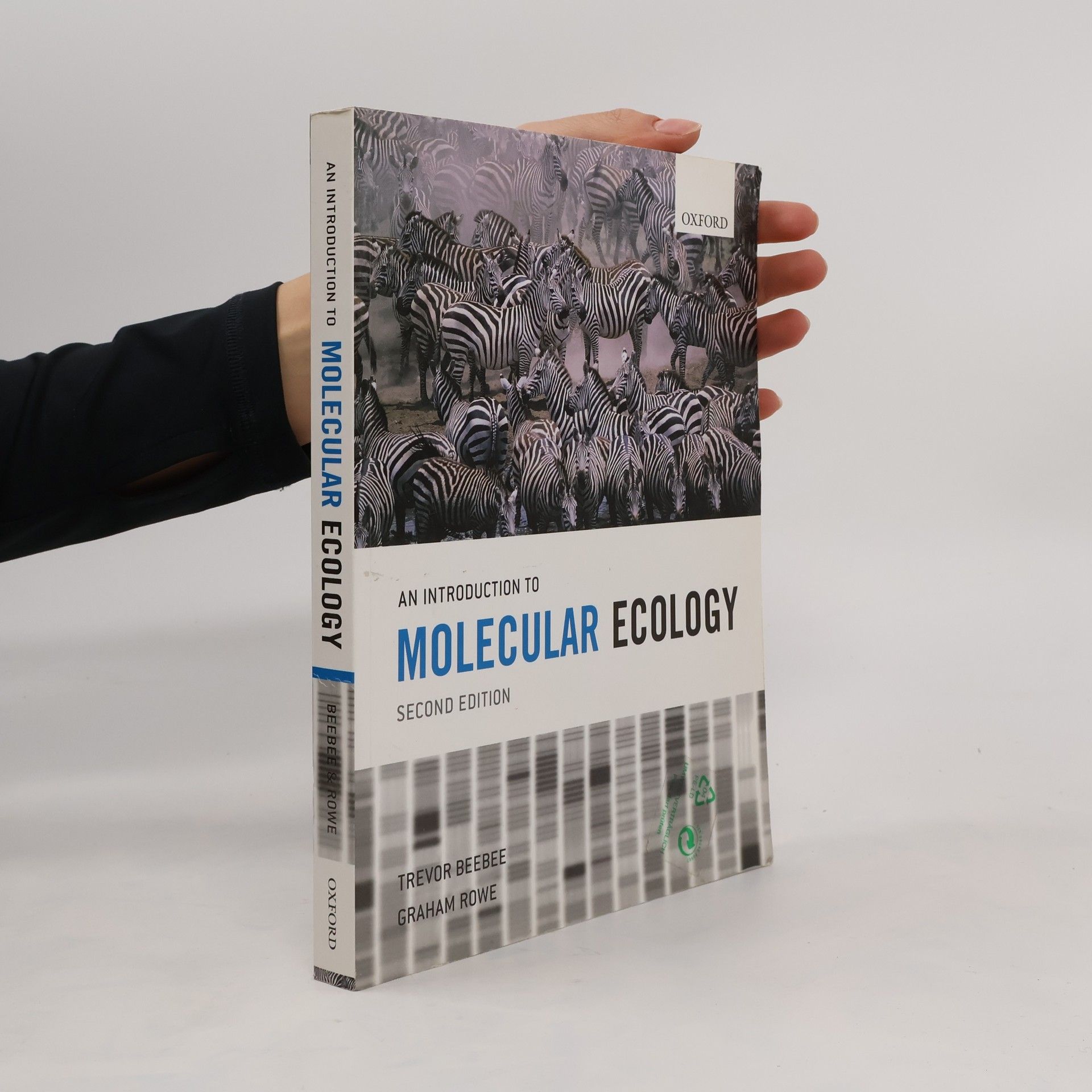A comprehensive guide to the native and non-native species of amphibian and reptile found in the British Isles. It covers the biology, ecology, conservation and identification of the British herpetofauna, and provides keys to adults and young.
Trevor Beebee Libri




How do we know whether a particular species is monogamous or promiscuous? How can we monitor the illegal trafficking of wildlife? How can we differentiate between the many similar species making up a microbial community? An Introduction to Molecular Ecology introduces the latest molecular concepts and techniques, demonstrating how genetic markers and molecular tools can be used to answer such ecological questions. Such questions, whose answers were previously out of our reach, can now be probed, thereby revolutionizing our understanding of ecological systems and phenomena. Blending conceptual detail with the most instructive examples, An Introduction to Molecular Ecology is an ideal resource for those new to the subject needing to develop a strong working understanding of the field. The book captures the broad scope of the subject, exploring the use of molecular tools in the context of topics including behavioral genetics, phylogeography, microbial ecology, and conservation. Features - Demonstrates the power of molecular ecology as a research tool in a style ideally suited for an undergraduate audience - Uses practical examples to demonstrate the latest methods and concepts rather than relying exclusively on theoretical models - Blends factual content with tools for active learning
Climate Change and British Wildlife
- 368pagine
- 13 ore di lettura
Winning the Marsh Book of the Year Award in 2019 highlights its critical acclaim and literary significance. The narrative is likely to explore profound themes, engaging characters, and a compelling plot that resonates with readers. This recognition suggests it offers a unique perspective or innovative storytelling that sets it apart in contemporary literature. The book's success may indicate a blend of emotional depth and thought-provoking content, appealing to a wide audience.
Written primarily for ecologists, naturalists and conservation biologists, this book identifies high human population as a root cause of species decline and environmental degradation across the UK. It discusses the implications for conservation and policies developed in response to wildlife and species decline.